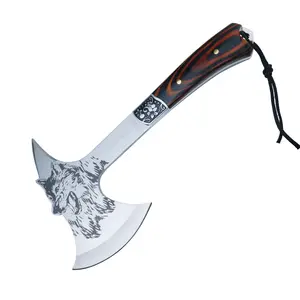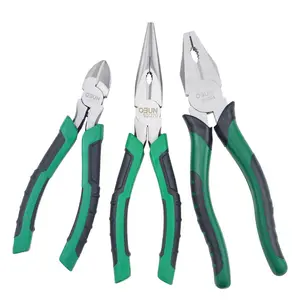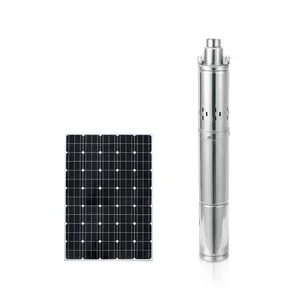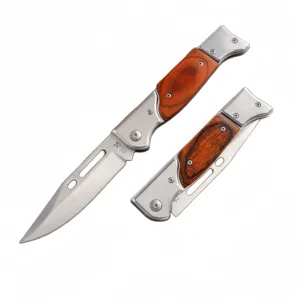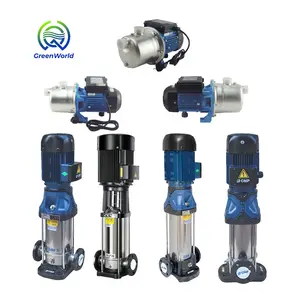Popular in your industry






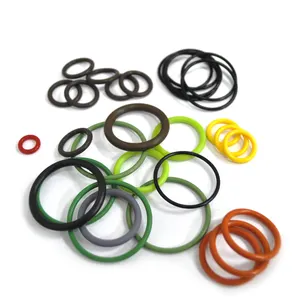



















































Related Searches:










































































































































Top categories
About differential sizes of oil seal
Understanding Differential Sizes of Oil Seal
Oil seals are critical components in various industrial applications, designed to maintain the integrity of systems by preventing the leakage of fluids and the ingress of contaminants. The differential sizes of oil seal cater to a broad spectrum of machinery, ensuring that each application has a seal that fits its unique requirements. This introduction delves into the various aspects of oil seals, from their types and applications to the materials and features that define their functionality.
Types and Applications of Oil Seals
The diversity in oil seal types is vast, with each serving a specific function. Static oil seals are employed in applications where they remain stationary, while dynamic oil seals are designed to accommodate movement within the machinery. The application of these seals spans across industries, each selecting a seal based on the operational demands, such as the type of fluid, pressure, and environmental conditions they will encounter.
Features and Materials
The construction of oil seals involves various materials, each selected for its resistance to pressure, temperature, and chemical interactions. Materials range from nitrile for general purposes to silicone and polytetrafluoroethylene (PTFE) for more demanding applications. Features such as the ability to withstand deflection, alignment, and vibration are also critical, ensuring the seal's longevity and effectiveness.
Advantages of Differential Oil Seal Sizes
The advantages of differential oil seal sizes are numerous. They provide a tailored solution to sealing challenges, accommodating different pressures and loads. This customization ensures that systems operate efficiently, with minimal risk of fluid leakage or contamination ingress. The adaptability of these seals to various temperatures and environmental conditions further underscores their importance in industrial applications.
Selection Considerations
When selecting the appropriate differential oil seal sizes, several factors must be considered. These include the operational pressure range, the dynamics of the system such as alignment and vibration, and the temperature profile of the application. Understanding these parameters is crucial in choosing a seal that will perform reliably without deformation or failure.
Compatibility and Integration
Compatibility with system components is paramount when integrating oil seals. The compatibility of oil seals with bolts, nuts, and washers ensures a secure fit and seamless operation. Washers, for instance, are designed to withstand high pressures and work in conjunction with other sealing components to provide a comprehensive sealing solution.
In conclusion, the differential sizes of oil seal play an indispensable role in maintaining the efficiency and integrity of industrial systems. By understanding the types, materials, and advantages of these seals, as well as the considerations for selection, industries can ensure the longevity and reliability of their machinery.
